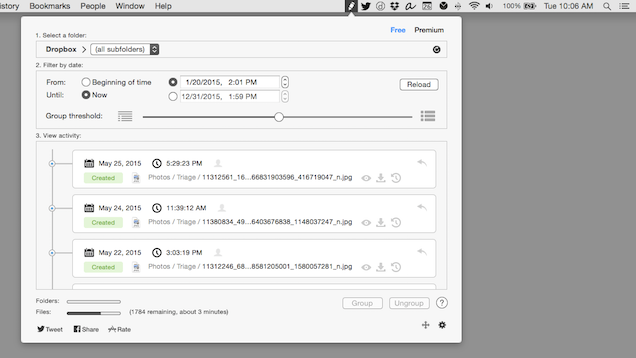

Delete the app’s original container folder.If you haven’t already, create a copy of this folder and place it outside of the Library/Containers folder.

Find the container that’s associated with the application that’s been causing you so many problems, for example is the container for the Mail app, and is the container for Preview.Enter the following file path: ~/Library/Containers.Open a Finder window and select ‘Go > Go to Folder…’ from the toolbar.It’s also recommended that you create a copy of the container folder before deleting it, so you have an easy way of restoring the container folder to its original state if you do encounter any issues. This folder contains files that will be auto-generated the next time you launch the related app, however it may also contain the application’s settings, or unsaved and autosaved documents, so you should only resort to this fix after exhausting all other options. If this error message is popping up on a regular basis, or it persists across a reboot, then as a last resort you may want to try deleting the application’s container folder. If you’ve done your best to close all associated processes but are still encountering error messages, then your only option may be to restart your Mac. If you’re unable to track down all of an application’s processes, then it’s possible that this app may continue to linger in the background, triggering more error messages. While forcing quitting all of an application’s processes is usually enough to resolve the issue, some apps have a large number of processes, or strangely-named processes that aren’t easy to spot in the Activity Monitor. Read the warning dialogue and, if you’re happy to proceed, click ‘Force Quit.’.

#DROPBOX MAC FINDER MENU HOW TO#
How to Fix Application Error 0xc0000135 - Windows 11 Guide


 0 kommentar(er)
0 kommentar(er)
